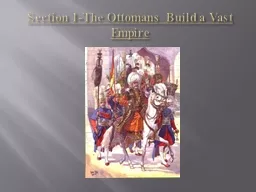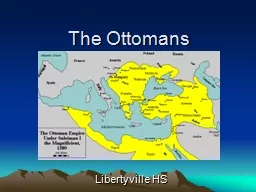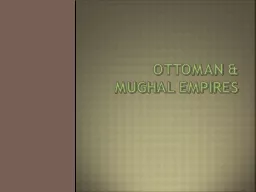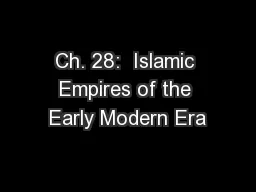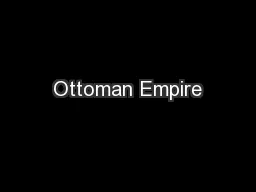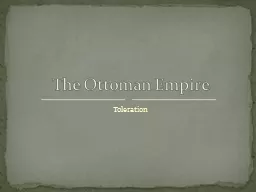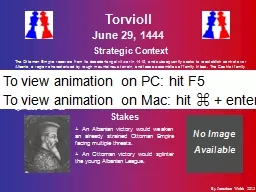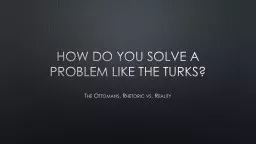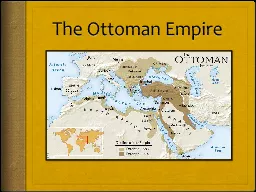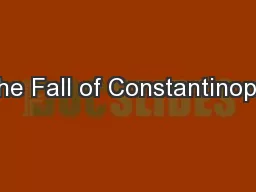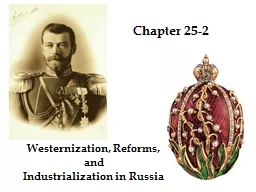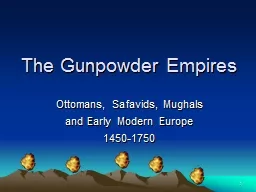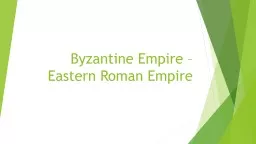PPT-Section 1-The Ottomans Build a Vast Empire
Author : sherrill-nordquist | Published Date : 2018-03-18
The Turks Move into Byzantium Ghazis Anatolian Turks who saw themselves as warriors for Islam Ottomans Followers of Osman who was considered the most successful
Presentation Embed Code
Download Presentation
Download Presentation The PPT/PDF document "Section 1-The Ottomans Build a Vast Empi..." is the property of its rightful owner. Permission is granted to download and print the materials on this website for personal, non-commercial use only, and to display it on your personal computer provided you do not modify the materials and that you retain all copyright notices contained in the materials. By downloading content from our website, you accept the terms of this agreement.
Section 1-The Ottomans Build a Vast Empire: Transcript
Download Rules Of Document
"Section 1-The Ottomans Build a Vast Empire"The content belongs to its owner. You may download and print it for personal use, without modification, and keep all copyright notices. By downloading, you agree to these terms.
Related Documents

